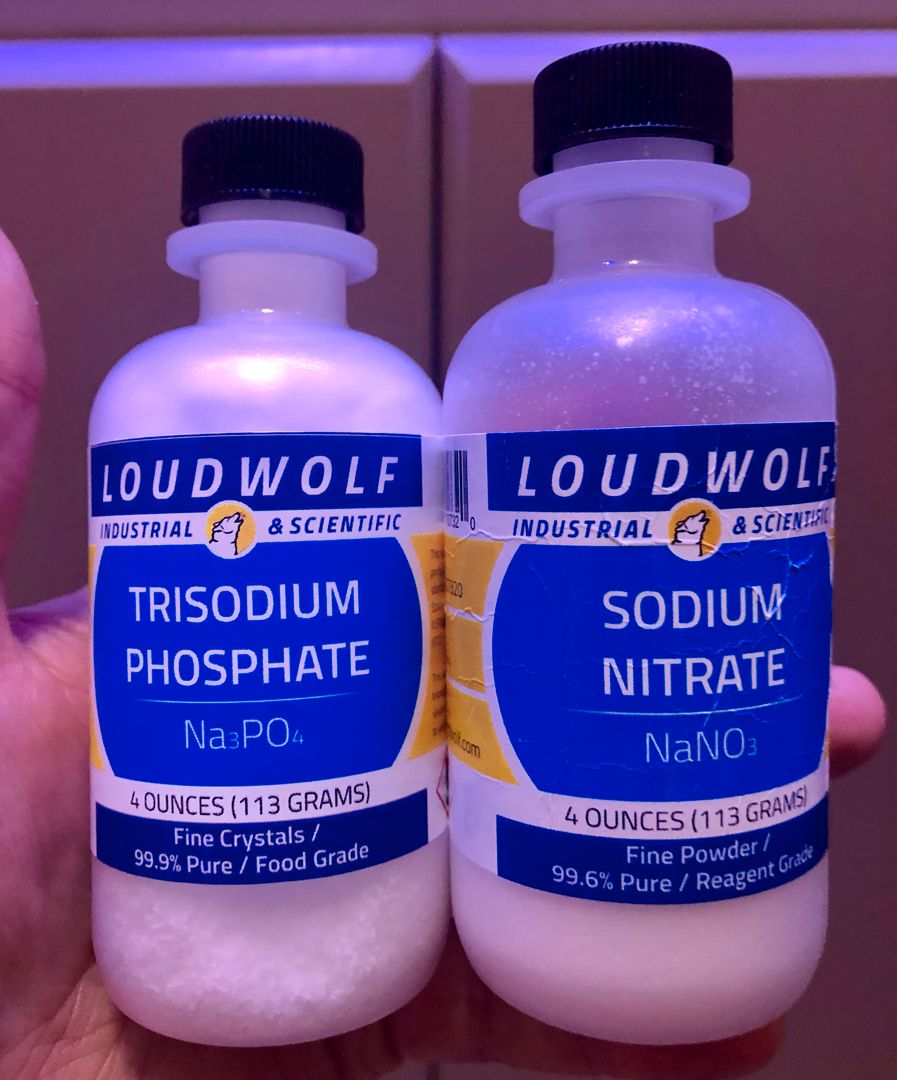- Joined
- Apr 14, 2018
- Messages
- 215
- Reaction score
- 178
I asked this in the Dino thread too. Will removing/bypassing the Deionization resin and just using RO water for top-off up my Phosphates and Nitrates? Any harm to the RO/DI unit or to any tank livestock doing this? Sediment, Carbon and RO would still remove heavy metals and chlorine/chloramines, correct? I know normally this would not be a good thing but I bottomed out my PO4 and NO3 adding too much GFO and now I have Amiphidium Dinos. Silicates would also be good since one theory is to out compete them on the sandbed with a diatom bloom.

















